Graptopetalum plants please with soft colors and tight leaf groupings. Their looks make them favorites for those who love succulents across America.
In this story we go far in learning their care. Their care shows how to help the plants not just stay alive but thrive.
We share what they need to be healthy and happy. By caring with their nature in mind, they bond with our care as they bonded with their own lands.
Table of Contents
ToggleKey Takeaways
- This story gives basics for new and old succulent growers. Learn the needs for each Graptopetalum kind to care properly.
- Know right water, light and soil like home for the best growth. Learn to grow more plants easily from cuts.
- Find problems and fixes to keep Graptopetalum healthy and bright. Use them well in gardens and inside, making plant places lovely.
- This whole story helps with all Graptopetalum care from start to end. Use it for growing and enjoying these succulents fully.
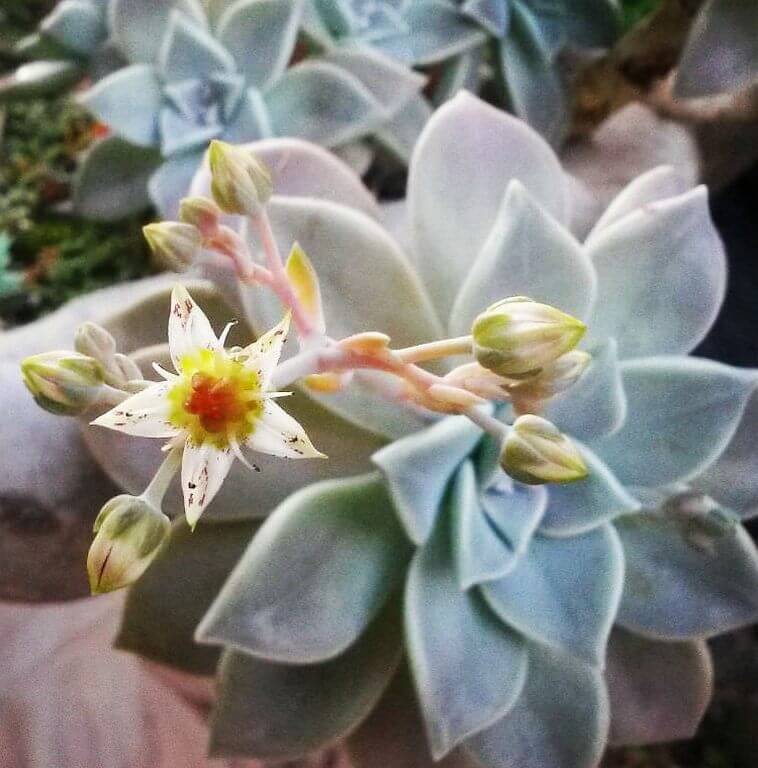
Understanding the Unique Needs of Graptopetalum Plants
To grow Graptopetalum needs knowing. Each kind, like amethystinum with purple beads, rusbyi hardy plants or superbum, has its own ways.
This adventure learns their tastes to keep them strong. Details guide good care for Graptopetalum’s looks and life.
Lavender, tough or beautiful, each needs understanding for the best bloom. Now we visit what makes them grow right.
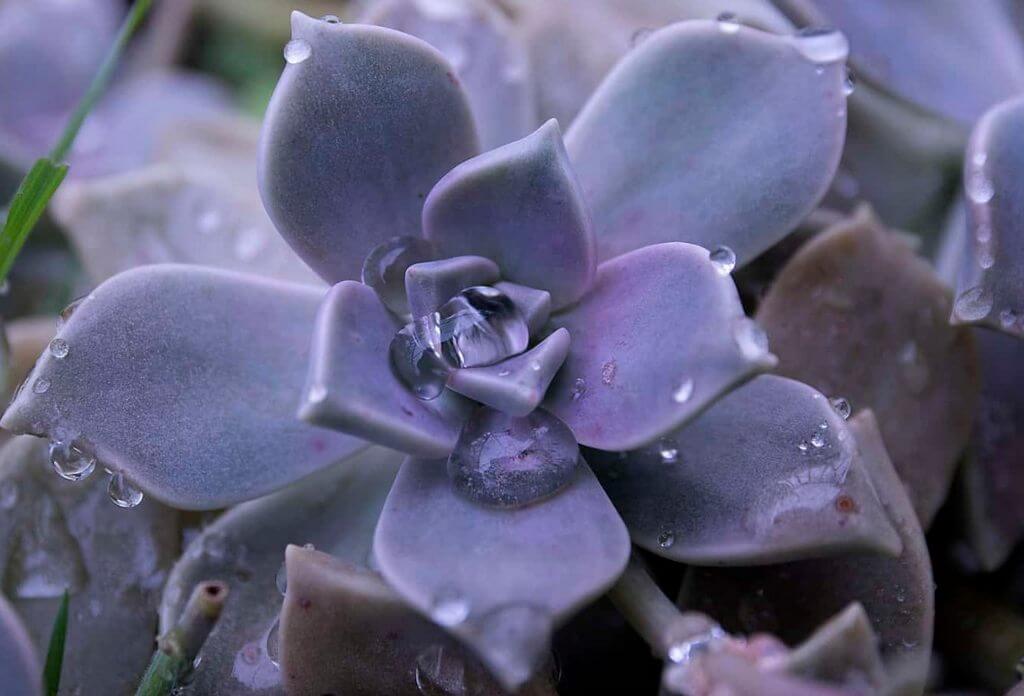
Identifying Graptopetalum Varieties: Lavender Pebbles to Rusbyi
Among the range of Graptopetalums, three draw the eye. The ‘lavender pebbles’ Graptopetalum amethystinum with shimmering leaves.
Graptopetalum superbum makes a rosette like colors at dusk in deserts. Graptopetalum rusbyi grows tough with texture.
More talk will make clear each kind’s unique looks and the right ways to care for beauty and strength from all three. Each has its own growing secrets to bring out their best.
Optimal Conditions for Thriving Succulents
To thrive, each Graptopetalum needs the best care. Graptopetalum superbum comes alive with full sun upping its hues.
Graptopetalum rusbyi does best shaded from midday heat. Overall they bloom in light and flow of air. Our lessons make certain their spots suit these needs inside or out.
Understanding each kind perfectly cares for glorious growth and color, the pride of succulent care.
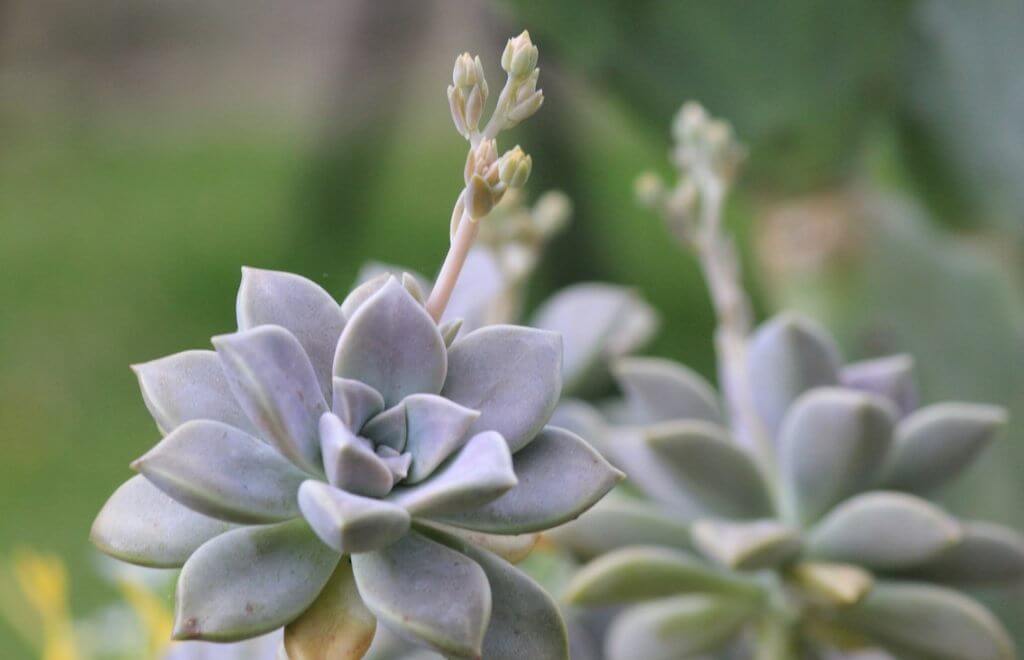
Creating the Perfect Environment Indoors & Outdoors
Bringing desert conditions inside for Graptopetalum seems hard. But use of windows and grow lights does it well. Windows offer real sun and light the plants love.
Outside they need sun and air flow to match home. This guidance gives details on such spots indoors or in.
With the right place sun and air come through, making every Graptopetalum merry and strong for all.
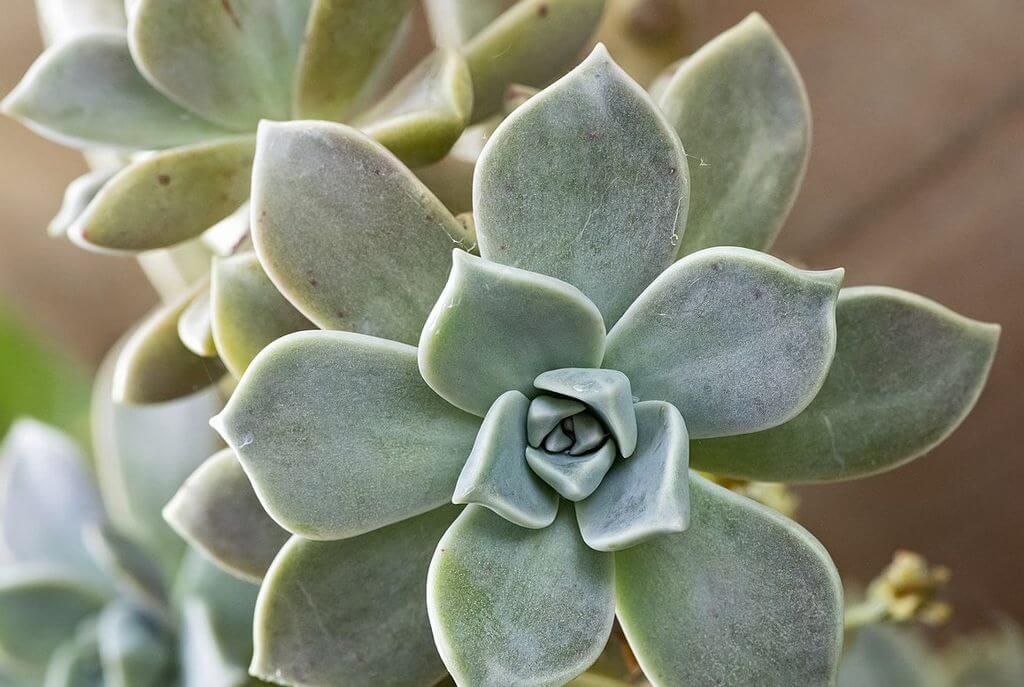
Good care for Graptopetalum means the right ways for succulents. Their needs match desert lands. So soil holds keys to strong roots and life. Pot dirt must let water go and air flow in, as loose as land they call home.
We say use coarse dirt parts like pumice or crushed rock for good drainage and spaces. Too much rain means rot, so feed wet seldom, but deep to wet all soil when you do. Less water as winter comes for dormant times.
Also watch heat and wetness in air around them. Warmth suits but wet air can hurt. Fertilizer fed lightly in spring summer aids bright color. Knowing their wants keeps Graptopetalum happy and healthy always.
- Potting Mix: A gritty, well-draining mix for optimal root health.
- Watering Needs: Employ the soak and dry method, adjusting seasonally.
- Drainage: Ensure pots have adequate drainage holes to avoid root rot.
- Temperature: Warm conditions are preferable; protect from frost.
- Humidity: Moderate humidity levels are ideal for these succulents.
- Nutrition: Utilize dilute liquid fertilizer during the growing phase.
To further elaborate, here’s an illustrative guide on potting and watering details for Graptopetalum care:
| Aspect | Recommendations |
|---|---|
| Potting Mix Components | Pearlite, pumice, or crushed granite for increased drainage capacity. |
| Ideal Pot Type | Terra cotta or clay pots with drainage holes. |
| Watering Frequency (Summer) | Approximately every 7-10 days, depending on climate. |
| Watering Frequency (Winter) | Significantly reduced; often once a month. |
| Signs of Overwatering | Soft, discolored leaves or root rot. |
| Fertilizer Type | Half-strength balanced liquid fertilizer. |
With diligent care and a mindful approach to these foundational aspects, we can ensure that our Graptopetalum plants remain a vibrant, thriving part of our succulent collection. Remember, healthy growth is as much about the proper provision of resources as it is about the restraint from over-nurturing, aligning with the innate resilience and independence that succulents naturally hold.
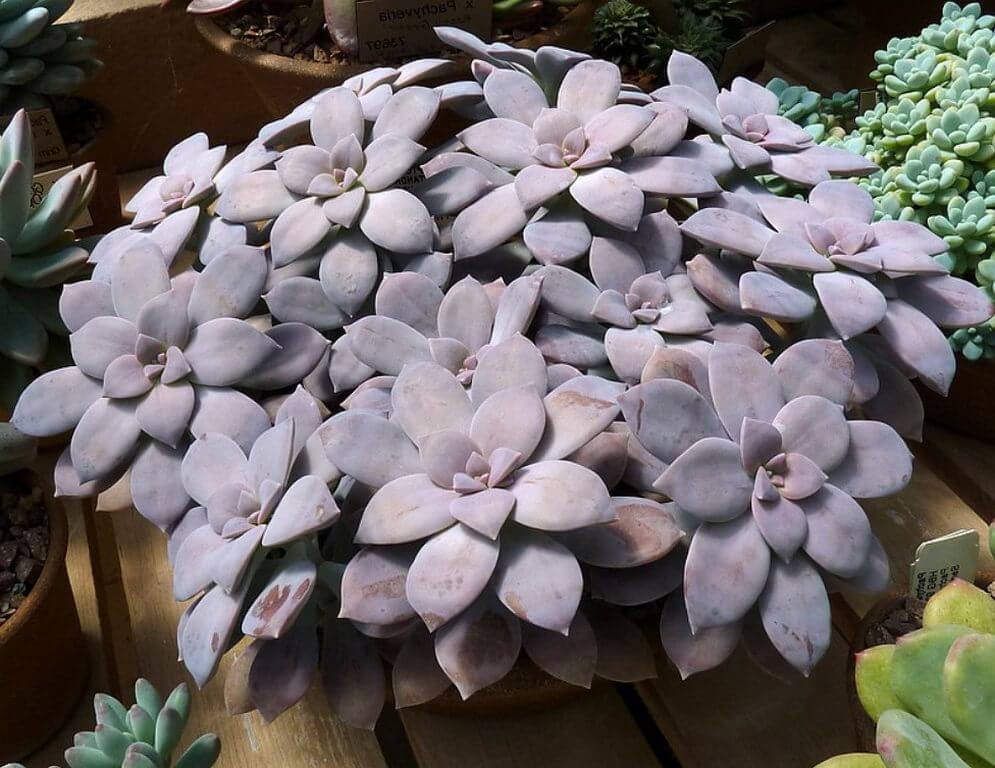
Propagating Graptopetalum Succulents
Growing new Graptopetalums comes easy from leaves alone. Taking cuttings from leaves gives the simplest way to more plants.
Our lesson teaches well how cuttings turn to new growth. Now the steps: take leaves, place on soil, and wait.
With understanding from this guide, cuttings will sprout roots to start your Graptopetalums strong from nothing but leaves plucked free.
Step-by-Step Propagation from Leaf Cuttings
First choose strong parent leaves to use. From healthy plants pick good leaves to start. A twist and pull takes leaves clean off stems for the road ahead.
Let the cut leaves close wounds before going on. Once done resting, place on loose dirt to wait. Little water at this start keeps rot far, making the best ground for roots to grow from leaf to plant. Patience watches new life rise from old.
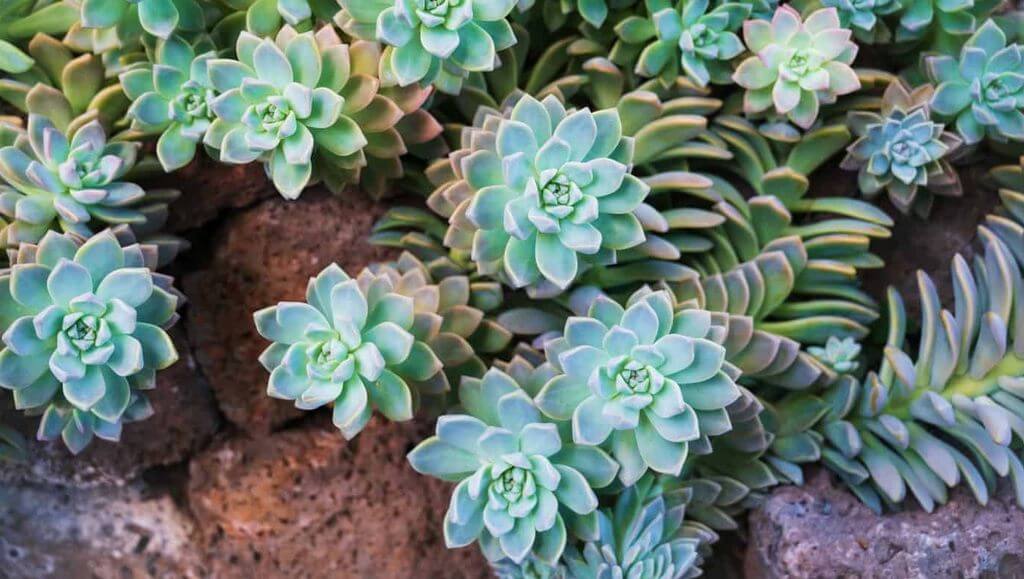
Caring for New Graptopetalum Superbum and Amethystinum Babies
As the weeks pass, our leaf cuttings start to show signs of life with the emergence of tiny roots and rosettes. It’s at this stage that the true gardening adventure begins.
The nascent baby graptopetalums require attention to ensure they have sufficient light, but not so much as to scorch their delicate frames.
We witness the incredible transformation as sprouts advance into identifiable Graptopetalum amethystinum and superbum plantlets.
At every step, we protect them from the elements and provide gradual watering as they acclimate to their new environment. This nurturing phase is fundamental to the successful development of the plants.
When to Expect New Growth: The 6-8 Week Cycle
Throughout the propagation process, patience is key. Typically, within a 6-8 week period, we expect to witness significant new growth.
It’s during this crucial cycle that we track the progression of each cutting, being attentive to the subtle signals of growth and needs of the fledgling succulents.
Our guide has prepared you to evaluate the signs of successful propagation, from the first roots taking hold in the soil to the sprouting of new leaves.
Our practice is one of careful observation, ensuring that each new Graptopetalum is given the opportunity to thrive, marking the beginning of life for these remarkable plants.
Troubleshooting Graptopetalum Issues: Pests, Diseases, and More
As those who love Graptopetalum, we watch close for harms. Too wet soil brings fungus easy. Aphids and mealy bugs bring itch to us and sickness to plants. Sun can worsen all. Talk now goes to protecting them well.
Oils from neem and insect soaps remove pests without hurting succulents. Also care keeps plants from long sun, stopping problems from getting worse. Quick eyes spot troubles starting, and quick hands fix early. This path guards Graptopetalum’s strong life.
| Problem | Symptoms | Solutions |
|---|---|---|
| Fungal Infections | Yellowing leaves, rot, moldy soil surface | Improve air circulation, reduce watering, apply fungicides if necessary |
| Aphids | Sticky residue on leaves, curled foliage | Use insecticidal soap sprays, introduce natural predators like ladybugs |
| Mealybugs | White cottony substance, stunted growth | Clean with alcohol-dipped swabs, apply neem oil treatments |
| Direct Sunlight Damage | Scorched leaves, dry and brittle texture | Provide shade during peak hours, gradually acclimate plants to sun exposure |
| Overwatering | Soft and discolored leaves, root rot | Ensure proper drainage, let soil dry between watering, use terracotta pots |
We believe that by employing proactive measures and responding quickly to the first signs of trouble, we can keep our graptopetalum plants thriving. Regularly inspecting the leaves for unwelcome guests, adjusting our watering practices, and ensuring our plants receive the ideal amount of sunlight are all part of thorough succulent care. With these steps, we can prevent most issues related to pests and diseases and enjoy the splendor of healthy, robust graptopetalum plants.
Conclusion
Now our talk of Graptopetalum care ends. From start to end, growth secrets shine a way. The sun and earth they love make succulents sing.
Rusbyi buds and leaf cuttings turning to plants give growth joy. Hard times may come, but weapons wait in this guide to fight back all harms.
Using tips shown spreads Graptopetalum further to fields and homes. This lesson stood as a beacon for novice and masters of succulents. With care shared here may sturdy beauties bloom forever under hands that love them well. The craft of keeping succulents is goodness found.
FAQ
What differentiates Graptopetalum amethystinum from other Graptopetalum varieties?
Graptopetalum amethystinum, also known as Lavender Pebbles, features distinctive pastel purple leaves with a powdery finish and rosette shape. Unlike some other Graptopetalum species that may have more green or gray hues, the amethystinum’s color and texture make it a standout among succulents.
How much sunlight do Graptopetalum plants need to thrive?
Graptopetalum plants generally require bright, natural light and can be placed in full sun to partial shade. While some species like Graptopetalum superbum do well in direct sunlight, others such as Graptopetalum rusbyi may prefer slight shade. It’s important to acclimatize plants to their lighting conditions to avoid sunburn.
Can Graptopetalum succulents be grown indoors?
Yes, Graptopetalum succulents can be grown indoors provided they receive ample natural light, such as from a south-facing window and good air circulation. Ensure they are not placed too far from a light source to prevent etiolation, where the plant stretches out due to inadequate light.
What type of soil is best for growing Graptopetalum plants?
The best soil for Graptopetalum plants is a well-draining, gritty potting mix, typically composed of a combination of potting soil, coarse sand, perlite, or other inorganic amendments. This type of soil mimics their natural habitat and prevents root rot from overwatering.
How often should I water my Graptopetalum plants?
Watering frequency for Graptopetalum plants depends on the environment they are in, but a good rule of thumb is to let the soil dry out completely between watering. During the warmer growing season, they may need water more frequently, whereas in winter, their dormant period, they require less water.
Is it necessary to fertilize Graptopetalum plants?
While Graptopetalum plants are not heavy feeders, they do benefit from occasional fertilization. Use a dilute solution of liquid fertilizer formulated for cacti and succulents during the growing season, typically spring and summer, and avoid fertilizing in the winter when the plant is dormant.
How can I propagate Graptopetalum succulents?
Graptopetalum succulents can be propagated from leaf cuttings. Gently twist a leaf from the stem, ensuring it’s a clean pull. Let the cutting callous over for a few days before placing it on well-draining soil. With proper care, roots and new growth should appear within 6-8 weeks.
When can I expect to see new growth after propagating Graptopetalum?
New growth from propagated Graptopetalum leaf cuttings generally appears within 6-8 weeks. This can vary based on the species and environmental conditions. It’s important to be patient and maintain consistent care during this period.
How do I deal with pests on my Graptopetalum plants?
Pests can be managed by first isolating affected plants to prevent spread. Treat the infestation with insecticidal soap or neem oil, applying as per instructions. It’s also essential to improve the conditions that may have led to the pest issue, such as increasing air circulation or adjusting watering habits.
What are the signs of fungal infections in Graptopetalum, and how do I address them?
Signs of fungal infections in Graptopetalum include discolored spots, a powdery mildew coating, or rotting areas. Address fungal issues by removing affected parts, ensuring the plant is in well-draining soil, reducing humidity around it, and applying a fungicide if necessary.

